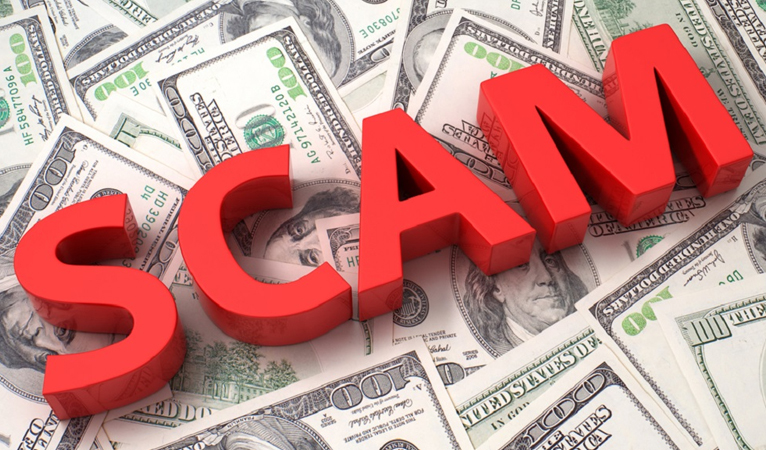If you’re involved in the cryptocurrency world for even a few minutes you’ll quickly hear the word “scamcoin” (or its rougher cousin “shitcoin”). Anytime a new coin is launched, some Reddit warrior or forum crusader will declare the coin a scamcoin, then sit back, satisfied he’s enacted Internet justice. Even after a coin has been around for a long time and proven it has staying power (*cough* Dash *cough*) brigades may still command anyone who will listen—and even to mom upstairs—to avoid this “scamcoin.” It’s almost a rite of passage in the crypto world.
But what actually is a “scamcoin?” Essentially, a scamcoin is a currency that enriches those who create or maintain it, while impoverishing those who hold it. For example, say I were to create a new coin, creatively named “Scamcoin.” I set aside one million Scamcoins for myself, then I release it to the world. I pump its value via creative marketing and false claims, making each Scamcoin worth $1. I then dump it, cashing out a cool $1 million, and end all association with Scamcoin. I, as the creator, was enriched, but the suckers who wanted to use the coin are left with a worthless token.
The origins of scamcoin accusations have some legitimacy; after all, there are some scamcoins in the cryptocurrency world. But most of the finger-pointing and accusations are just bluster and naiveté, based on the false idea that it is only possible for a single cryptocurrency to survive. Our single coin crusader then must do all he can to demonize all other coins, so he labels all other cryptocurrencies scamcoins. Unfortunately, these accusations ignore the big fat Fed-approved elephant in the room: the true scamcoin, the U.S. Dollar (as well as all other government-issued currencies, but we’ll focus on the Dollar for this article).

